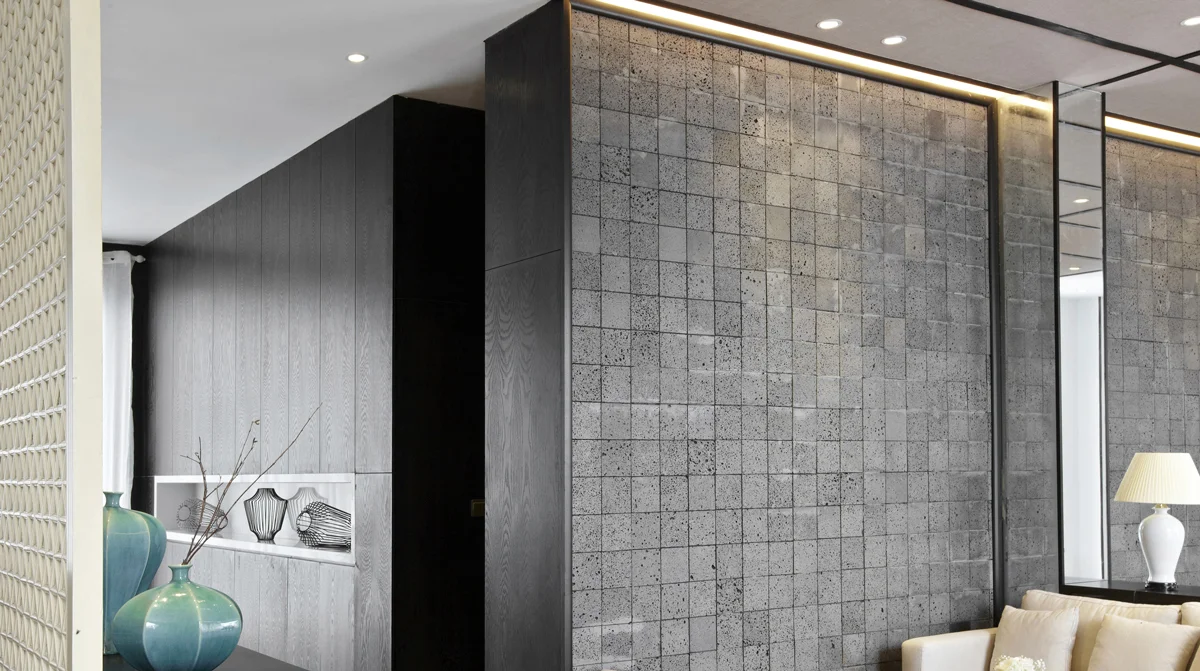Rules of Thumb for Track Lighting

Track lighting is the workhorse among light fixtures: Versatile, effective, universal. The flip side of its popularity is that it is often over-used or just positioned wrong. Result: Glare and discomfort.The key to correct positioning of track lighting is being aware of what you want to illuminate: Artwork on the walls, a sculpture, or architectural details like a stone fireplace and beautiful beams in the ceiling. One of the most frequent questions we encounter when we do lighting consultations: How far away from the wall do I position my track? Here are a few guidelines. For lighting objects on a wall, the wall itself, or any vertical surface, position the track and the fixtures as shown below
1. If you want to highlight art on the wall the rule of thumb is that the fixtures should be aimed with a 30 degrees center beam angle from the vertical to avoid glare on your artwork in case it has a reflective surface. Usually at least one fixture is required for each object you want to light. 2. Measure how high your artwork is hanging and where the center of the piece is. (The distance from B to C .) 3. Measure how far the track needs to be from the wall based on this chart. (A to B)
Try grazing a stone fireplace with spot lights. If you position the track close to the wall you can make the interesting texture stand out. Or highlight a beautiful wall so that the color you chose so carefully really shows. Wall grazing is such easy and relatively inexpensive technique that can an become important design feature in itself. The effect entirely depends on the texture of the wall, the angle of the beam and the light source. The goal is to get an even spread of light across the entire wall from an acute angle. You can use track or recessed lights positioned close to the wall (6" - 12" depending on the ceiling height) to create this effect.Wall washing is another technique that can be used to add light to a room as well as create visual interest. While wall grazing emphasizes texture, a wall wash will make a wall look smooth and minimize its texture due to the even illumination. To create this effect the lights are positioned further away from the wall. The rule of thumb for spacing fixtures for wall washing is for your mounting distance (the distance between your lights and the wall) to equal your spacing distance (the distance between your lights) and these to be about 1/3 of the ceiling height. (2 - 3 feet for ceilings up to 9' high and 3 - 4 feet for ceilings between 9 and 11 feet.) Last word: when using light to bounce off and showcase architectural features, always keep one thing in mind: Only illuminate what you actually want to highlight! Sounds so simple, yet I am tempted to repeat the phrase. Don't illuminate an area where you primarily highlight a fire alarm and a faulty patch job or - like below - a wall heater, but move the beam so it highlights what you want to stand out.












